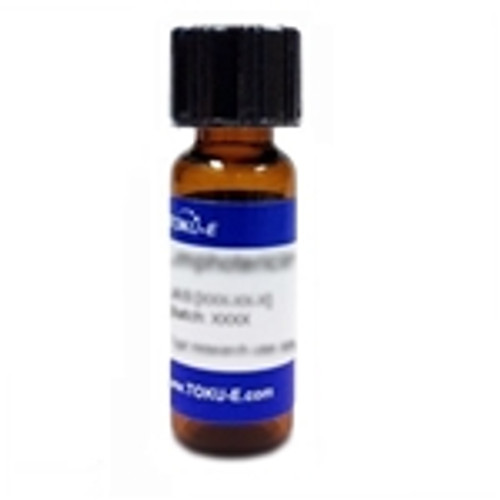Beta-Zeralanol (ß-Zearalanol) is a minor analog of the zearalenone family of resorcinyl macrocyclic lactones, produced by several species of Fusarium. Like the other zearalenones, ß-zearalanol exhibits estrogenic activity in animals. ß-Zearalanol was investigated as a growth promotant for animals but did not advance to commercialisation. It can be used as an analytical standard to screen for the presence of the compound in animal urine using methods such as time-resolved fluoroimmunoassay (TR-FIA) or in animal tissues by ion monitoring capillary gas chromatography/mass spectrometry.
ß-Zearalanol is soluble in ethanol, methanol, DMF and DMSO but has limited water solubility.
We also offer:
- Beta-Zeralenol (Z011)
| References | Chichila TM, Silvestre D, Covey TR, Henion JD (1988) Distribution of zeranol in bovine tissues determined by selected ion monitoring capillary gas chromatography/mass spectrometry. J. Anal. Toxicol. 12(6):310-318 PMID 2977419
Launay FM (2004) Prevalence of zeranol, taleranol and Fusarium spp. toxins in urine: implications for the control of zeranol abuse in the European Union. Food Addit. Contam. 21(9):833-849 PMID 15666976 Richardson KE (1985) Production of zearalenone, α- and β-Zearalenol, and α- and β-Zearalanol by Fusarium spp. in rice culture. J. Agr. Food Chem. 33:862 |




